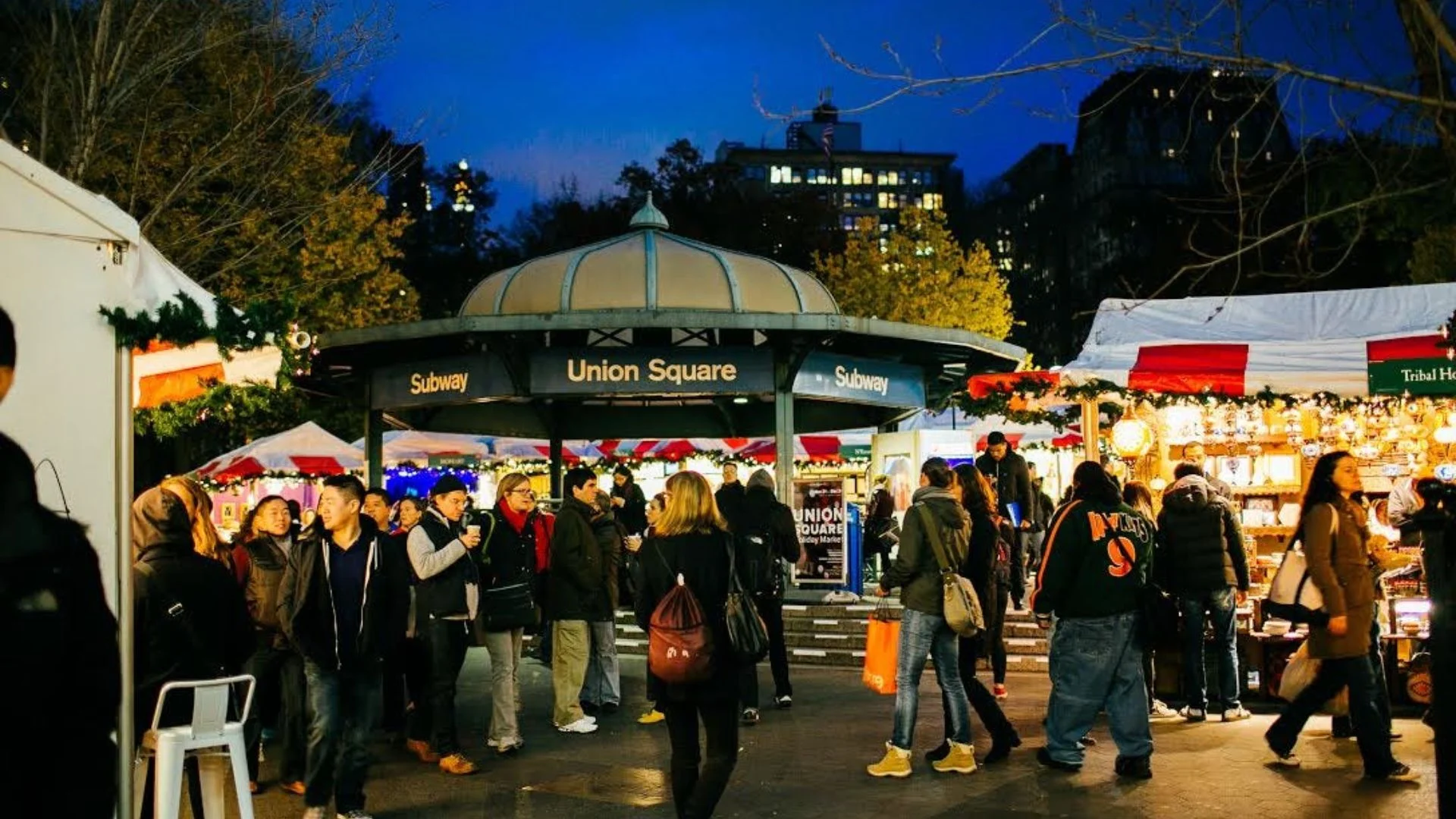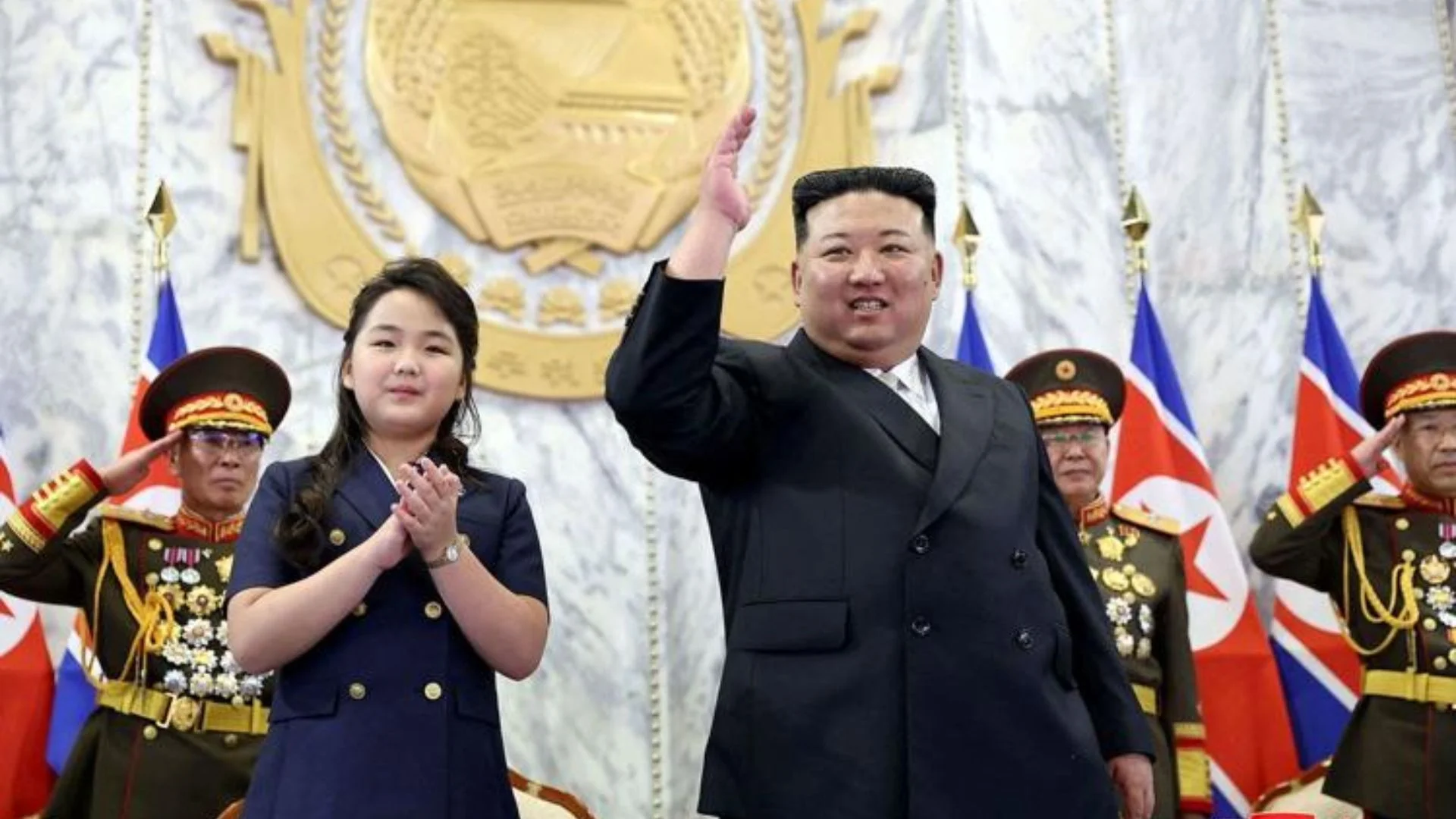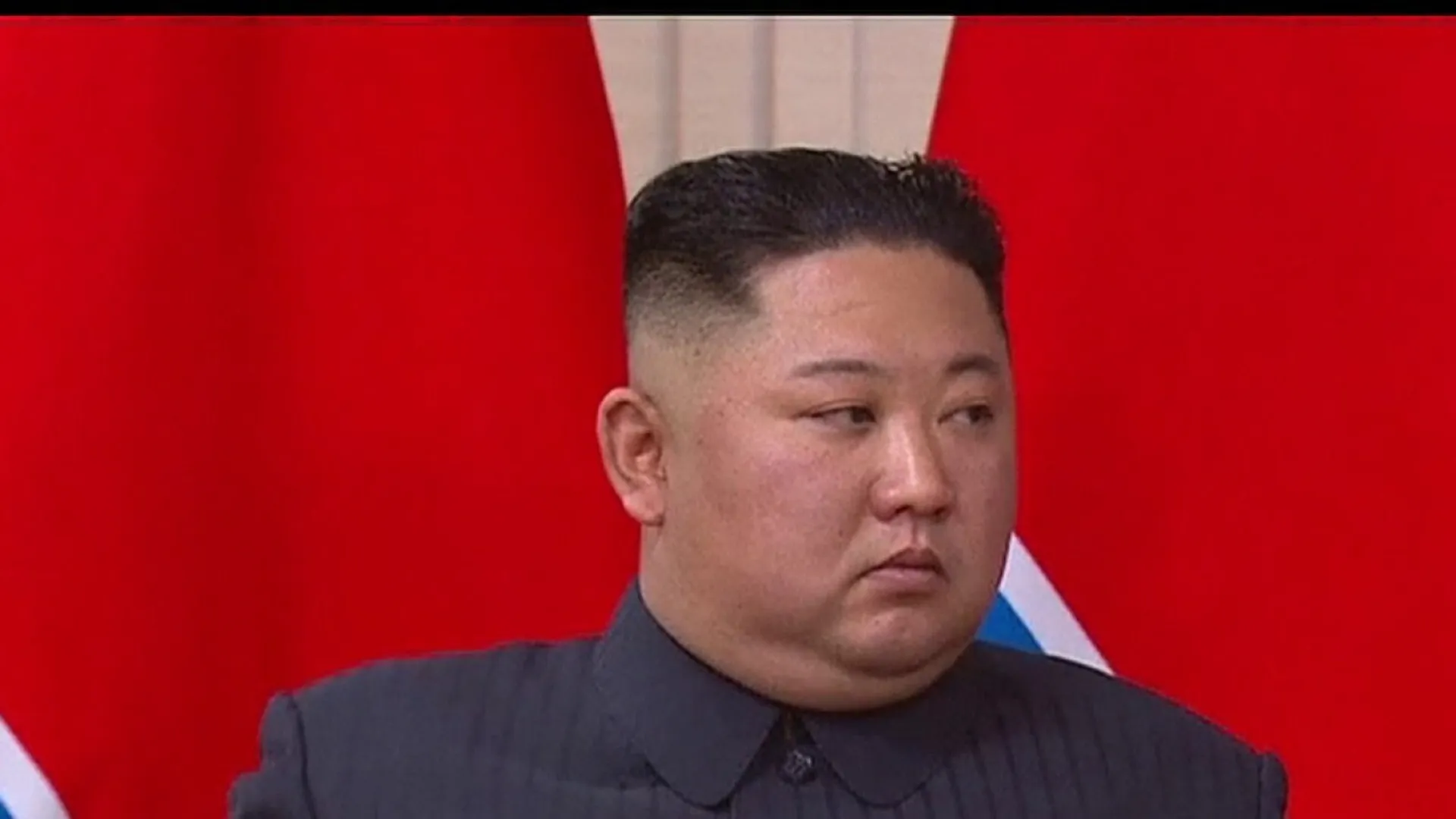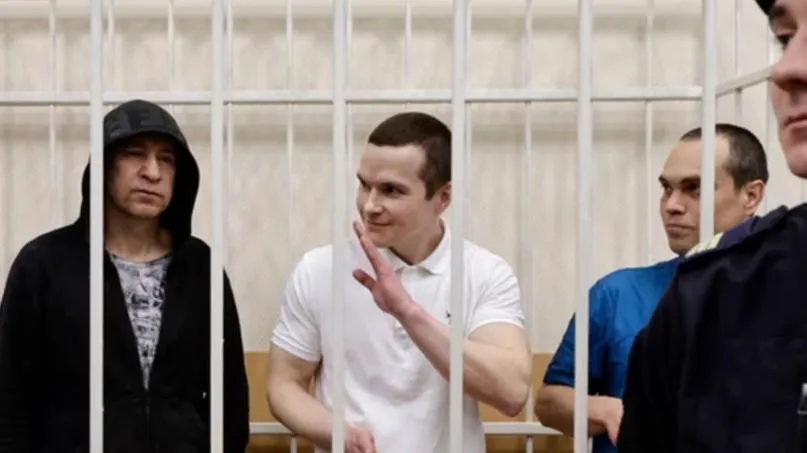On a recent morning in Manhattan’s Union Square, New Yorkers felt the cool breeze as they passed through the historic site, known for its significant role in U.S. labor organizing. Union Square, named for its central location at the convergence of major streets, has long been a gathering place for workers’ rights movements.
The first Labor Day parade was held at Union Square on the first Monday of September in 1882, marking a pivotal moment in the labor movement. The success of this event garnered national attention, leading to the establishment of Labor Day as a national holiday in 1894 by President Grover Cleveland.
“Union Square holds unparalleled significance in the history of U.S. labor organizing,” said Andrew Berman, Executive Director of Village Preservation. The area around Union Square was once populated by working-class immigrants, making it an ideal location for the first Labor Day parade. Mary Anne Trasciatti, Director of the Labor Studies program at Hofstra University, emphasized the importance of the parade being held in New York City, a global business hub. The event symbolized a rare moment when the working class “owned the streets” of a city dominated by financial interests.
#Breaking – Thousands of Pro-Palestine protesters are marching through New York City, lighting flares and smoke bombs on the ‘National March for GAZA.’
L2FTVcast@gmail.com to license pic.twitter.com/sg3oaUUGbQ
— 𝕃𝕌𝕂𝔼𝟚𝔽ℝ𝔼𝔼𝔻𝕆𝕄 (@L2FTV) September 2, 2024
Union Square’s Location and Architecture Fostered Worker Unity
Union Square is located just south of Central Park, between 5th and 4th Avenues, and bordered by 14th and 17th Streets. Its central location and open spaces made it an ideal gathering spot for labor unions and protestors. Lara Vapnek, a history professor at St. John’s University, noted that the square’s crossroads location and transport connections made it a natural meeting place for workers.
The architecture of Union Square, with its large open spaces and easy access to the streets, allowed for massive gatherings, such as the first Labor Day parade, which drew around 10,000 marchers and over 20,000 spectators.
Union Square’s Legacy in Labor Organizing
In the 1880s, Union Square was surrounded by working-class establishments like automat restaurants, cinemas, and affordable department stores, making it a hub for worker solidarity. Different labor unions united here to advocate for critical rights, including the 8-hour workday, an end to child labor, and equal pay for women.
Throughout the 20th and 21st centuries, Union Square continued to be a center for mass protests and labor organizing, including 9/11 memorials, anti-war demonstrations, and Black Lives Matter protests in 2020.
The First Labor Day Parade: A Risky but Historic Success
The first Labor Day parade in 1882 saw workers walking off the job to march in Union Square, making a powerful statement of worker unity. The parade’s success laid the foundation for Labor Day to become a national holiday, celebrating the contributions and rights of workers across the U.S.























